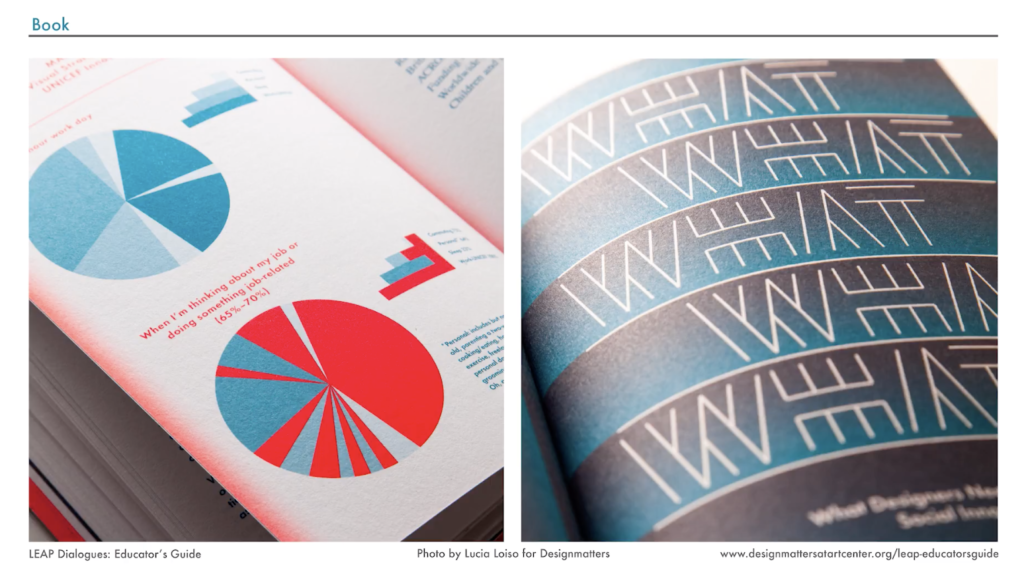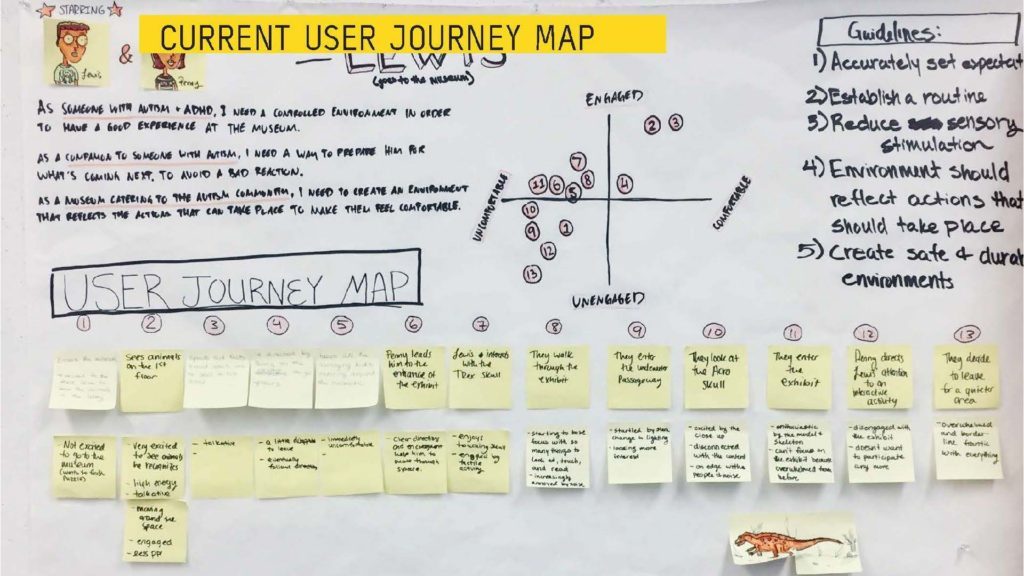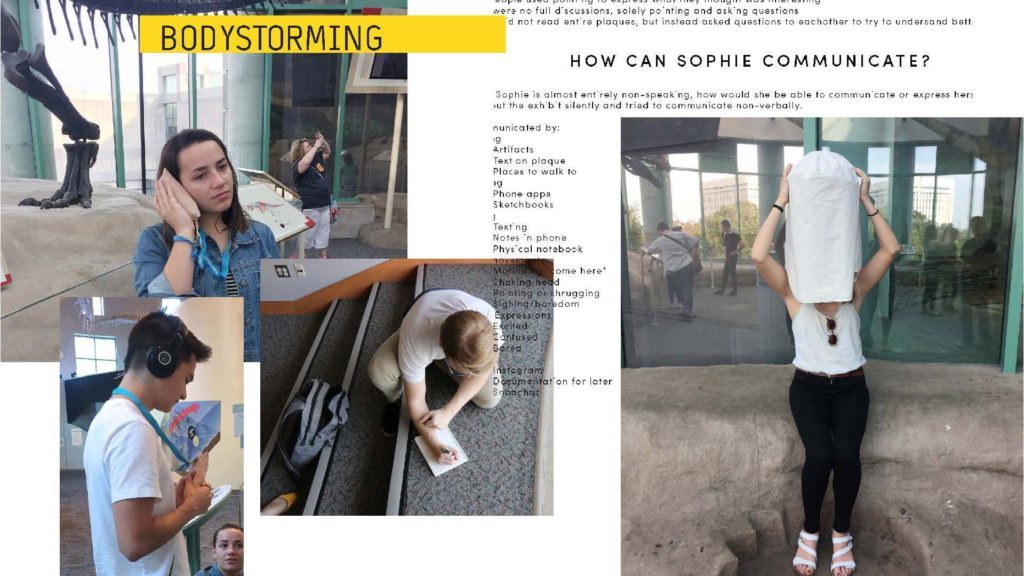Service Award, One Year On.
LEAP Dialogues: The Educator’s Guide
Maria Rogal, Jury Chair 2018–19
The 2018 DI Communication Design Educators Award for Service was awarded to LEAP Dialogues: The Educators’ Guide editorial team of Mariana Amatullo, Jennifer May & Andrew Shea. The jury was unanimously impressed with both the contribution of this work to the field—providing a guide specifically for design educators about social innovation and career pathways—and the presentation of materials. Their entry clearly articulated how their work could be used by design educators as well as the impact of the work so far. It is a valuable resource provided in an open-source format.

One year on, I asked the LEAP editorial team to share some observations on the award so we might share them with the DI audience and potential applicants. They co-authored a response for, indicating:
“It has meant so much to us to receive the community’s recognition last year in the category of “service.” This kind of acknowledgment by our peers is incredibly rewarding because it honors the chief intention of contribution that we had when conceiving The Educator’s Guide as an open resource and a readily accessible digest of our original book, LEAP Dialogues: Career Pathways in Design for Social Innovation (edited with Bryan Boyer and Liz Danzico/ Designmatters/DAP 2016).”
Following up on this, I asked if they could provide some insights and advice on preparing their submission to inform educators. I am sharing that email thread here, because in the hopes that is sheds some light on this productive and close collaboration. Mariana Amatullo responded to my request, indicating:
“In terms of advice, I know that as a team we collaborated closely in shaping an application that articulated with clarity a few key dimensions that come up when one reflects on impact. In framing our submission we strove to articulate clearly the following dimensions which all connect to the category of service and impact:
- We looked to contextualize our project and in doing so spoke of the motivation/intent behind it to give the jury a clear sense of how to situate our project in the larger field and assess how it might matter
- We provided illustrative examples of the content of the project
- We offered as detailed as possible data points (qual + quant) about the outcomes and impact of the project to date.
To this, Andrew Shea added:
“It was really useful to work on this as a team and provide collective feedback on how clear and compelling the details were in the application. The illustrations and photos helped with that, just as edited/refined descriptions were useful. For the data, much of that was gathered through online analytics though we also had some anecdotal feedback.”
Jennifer May wrapped this up, concurring with her colleagues and taking this a step further:
“I will add that we tracked the data to prove impact via Google Analytics, which is free and gives a nice overview of basic statistics around website visits, downloads and countries of users. We also added a form which asked people to submit the name of their university before downloading, which added a nice layer to show downloads and use by universities of a tool meant for educators.”
A takeaway from the jury and in response to what the LEAP editorial team notes here is
- the importance of providing context for a submission and
- finding ways to measure impact. When work is reviewed—whether for a competition, a grant, or tenure, promotion, hiring context—we respect our work, our audience, and our contributions by telling a story well so we can understand value and impact.
Helen Armstrong on Teaching
The 2018 Communication Design Educators Awards for Teaching was awarded to Helen Armstrong for Lowering Barriers to Access at the North Carolina Museum of Natural Sciences.

Armstrong observes, “Awards like these help educators promote the value of design research to both academe and to industry. Our practice is young and often unfamiliar to other academics. Potential industry partners, as well, don’t always understand the role design might play in the issues with which they struggle. Raising awareness of the projects currently unfolding in classrooms is essential, not only so that educators might promote themselves but also for the good of the entire fledgling discipline.”
Read more about Armstrong’s award-winning work here.

The Jurors
From the juror’s perspective, the DI Awards jury has the privilege each year to learn about the diverse and interesting work created and disseminated by design educators. Your work contributes to the field in numerous ways. Furthermore, it impresses upon us how important it is to recognize and acknowledge these contributions and the value of peer review.
What work might you submit for the 2019 awards? If not now, mark your calendar for 2020 when Professor Audrey Bennett (University of Michigan) leads a new jury in her role as chair (2020–2021). Finally, consider how you might participate in one of DI’s faculty development programs such as the writing fellowship.